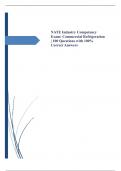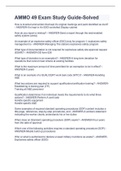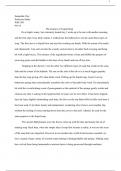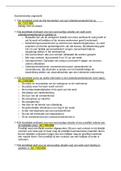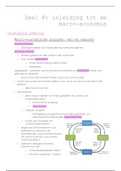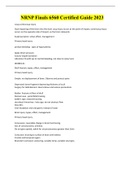Summary
Summary ABR 410 Summaries for CBT 1 (2020)
- Course
- ABR410 (ABR410)
- Institution
- University Of Pretoria (UP)
Comprehensive notes for the first ABR 410 Computer-based test, covering Study Themes 1-4. These notes contain summaries which follow the study guide and has all the relevant case law and prescribed readings.
[Show more]





